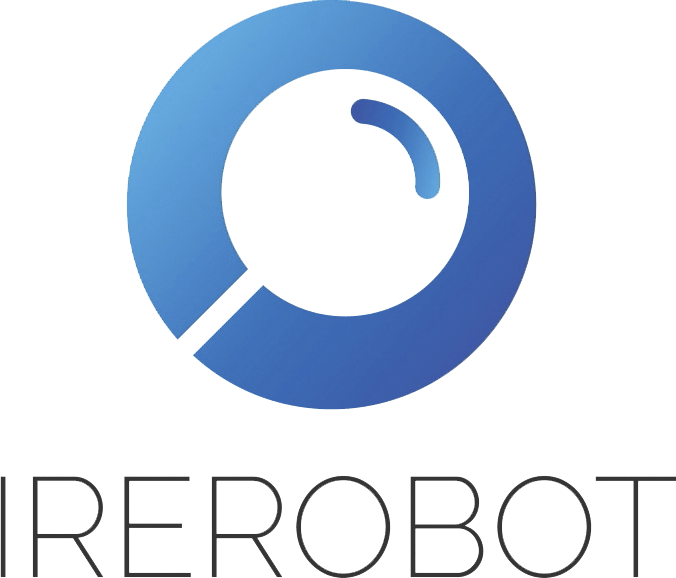ADVANCED AUTOMATION FOR ANIMAL FEED PRODUCTION [COMPLETED 2018]
In collaboration with the main proposer PROMTEK LTD we looked into certain parts of the animal feed production line in which advanced automation can contribute. The first part of the project was funded by Promtek and Birmingham Innovation Center. Also, our founder, Evagoras Xydas has visited PROMTEK and provided training on control systems theory and applications, including use of COTS.
RUMBA
Surgical procedures under general anesthetic constitute significant risk factors for increased stress, post-operative trauma and other emotional disorders. Anxious patients require larger doses of anesthetics and other drugs that are routinely administered during surgery, and present more fluctuating physiological activity (e.g. heart rate, blood pressure). Common practice for reducing anxiety focuses primarily on the administration of drugs, which may delay post-operative awakening and subsequent discharge from the recovery ward or hospital. Augmenting medication with other interventions that do not involve drugs may be beneficial in reducing anxiety while decreasing the amount of medications administered. The proposed research will focus on: (1) identifying signal processing methods that characterize the patient state using physiological markers, (2) developing novel methods to achieve a desirable positive change of that state, and (3) evaluating the efficacy of the resulting system against current practice (pharmacological interventions).
The first part of the project is coordinated and funded by the Medical School of the University of Nicosia.
NOVEL SATELLITE ATTITUDE CONTROL SYSTEM
As availability of nanosatellites (1-10kg) and picosatellites (<1kg) for Low Earth Orbit (LEO) increases, there is also an increasing demand for Attitude Determination and Control Systems (ADCS) that can be accommodated within such a small volume. Namely commercial CubeSat (nanosatellite) is as small as 10x10x10 cm and 1.33 kg (a single unit) and PocketQube (picosatellite) is as small as 5x5x5 cm. A number of commercial independent ADCS can be accommodated within the nanosatellites and picosatellites structure but as packaging, reliability, power and cost-effectiveness have become challenging issues in the last years, there is fertile ground for improvements and novel designs as well as respective market opportunities. In addition to reliability and space requirements, increase in mission demands results-in cumulation of deployable equipment and the consequent need for ADCS’s that can produce high-torque output on one hand and ensure flexibility and swiftness on the other. The current work proposes one such ADCS design that can deal with the challenges of LEO satellite missions such as magnetic cleanliness, detumbling, desaturation and fast maneuvering capability while at the same time minimizing volume, power and cost and maximizing lifespan and reliability. The basis of the proposed design is a system that encompasses a novel design of an ADCS. The concept points to a system that can exploit both reaction and gyroscopic torques in the three dimensions thus allowing flexibility in the management and generation of the torque vector, according to changing satellite attitude demands. The proposed work builds on previous mathematical modeling and analysis as well as technical and theoretical know-how. Further, the work aims to shape the final outlook of the final product through simultaneous market research and engineering advancement which fall under the umbrella of experimental development of the system. This will lead to a market-ready cleared-to-fly Minimum-Viable-Product (MVP) that will be tested during a launch, generating data that can be used for further development and promotion. In this project we collaborate with Grey Space ltd and ARIS accelerator, both based in Cyprus, as well as in collaboration with Prof. Andreas Mueller from the Institute of Robotics, Johannes Kepler University, Linz.

FACE SHIELD (COVID 19)
According to the World Health Organization guidance, face shields are necessary for healthcare workers when caring for patients with COVID 19 [1]. As a shortage of face shields has been observed internationally, innovation companies and makers have rushed to answer the need. We as well at IREROBOT are already manufacturing face shields that can be used by professionals or people who have high chance of interacting with COVID 19 patients.
The face shields are based on the design by Prusa Ltd and the strap is based on a design by miksoft. Currently they are made using PET filament on a Prusa Mk3 printer.
The face shields are disinfected using alcohol solution before delivery.
The face shields are provided for free (given availability) to any COVID 19 caring healthcare professionals.
Info: evagoras.xydas@irerobot.com, +35799644287
[1] World Health Organization, 19 March 2020, “Rational use of personal protective equipment (PPE) for coronavirus disease (COVID-19)”
https://apps.who.int/iris/bitstream/handle/10665/331498/WHO-2019-nCoV-IPCPPE_use-2020.2-eng.pdf


COVID 19 PROJECTIONS/STATS
For a full account of the methods and more involved reporting: https://arxiv.org/abs/2004.12398
The graph is interactive, hover over the lines to read the actual values.
Total number of confirmed cases: projected versus actual
NOTE: 10 confirmed cases are among repatriated people and these normally constitute a separate population. The reason is that Richard’s (as well as SIR) model consider constant population. They were also immediately quarantined and it is unlikely that they will affect the rest of the population. Nevertheless because the number is relatively small compared to the actual cases we have included them in the data.
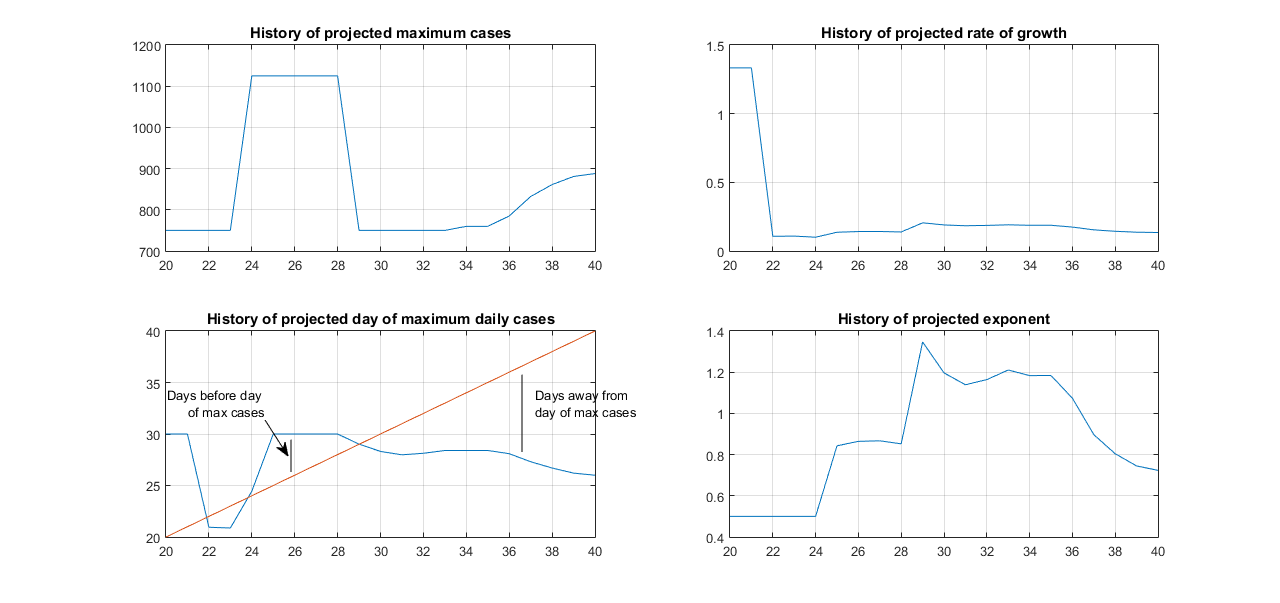
Projections for Greece

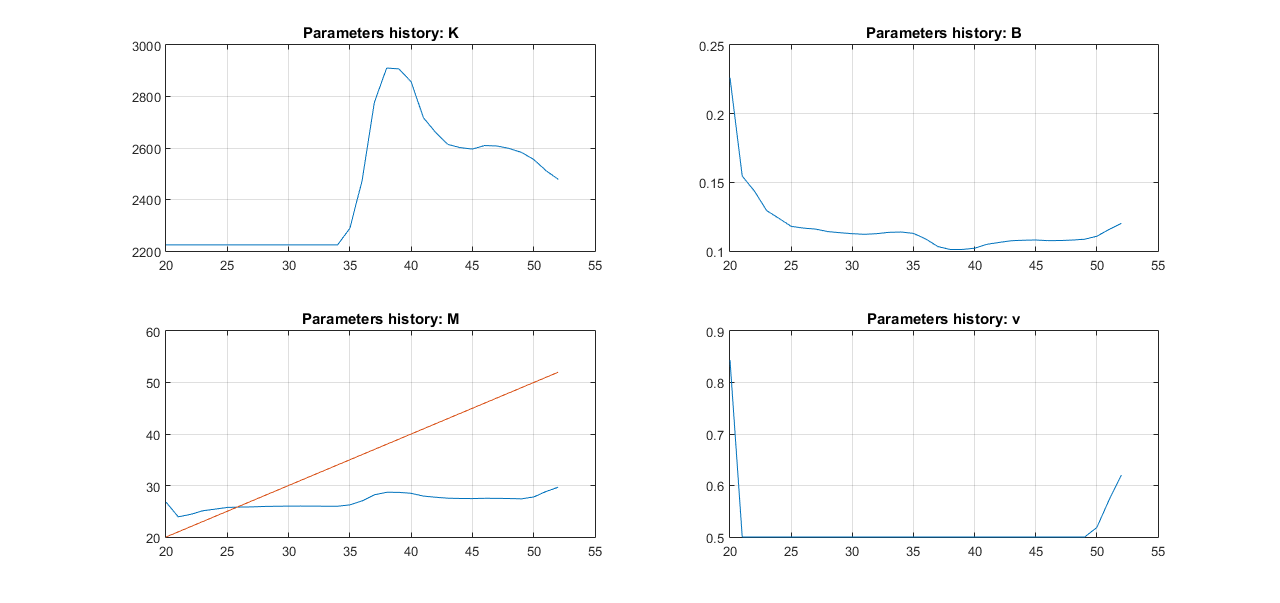
Deaths and cases growth rates
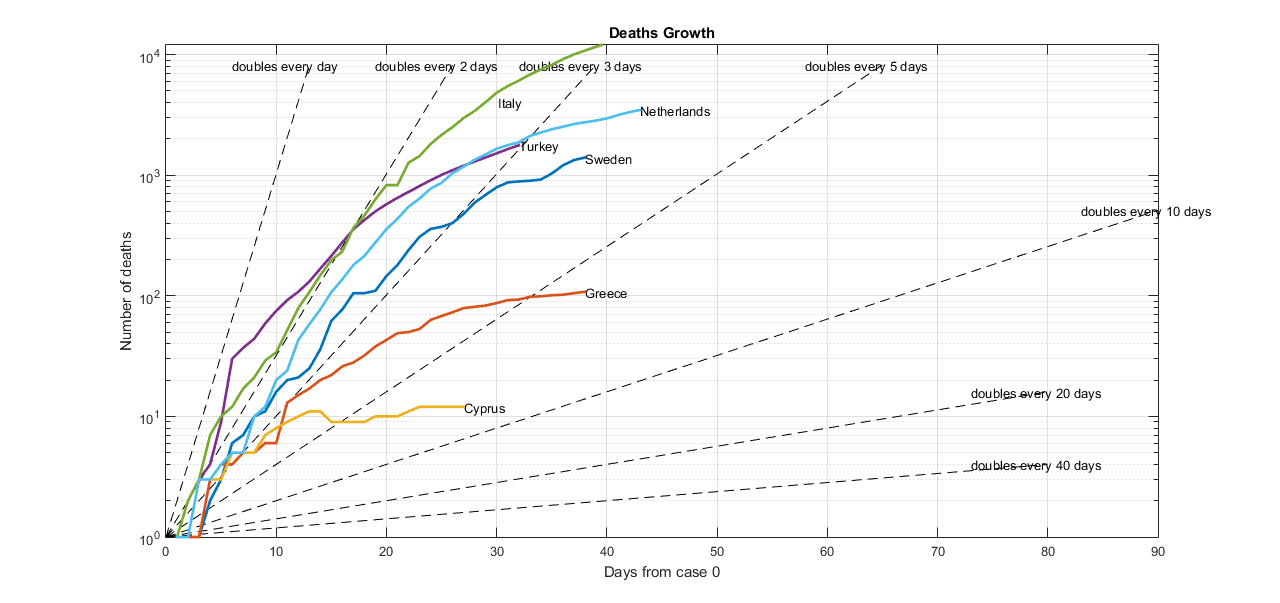
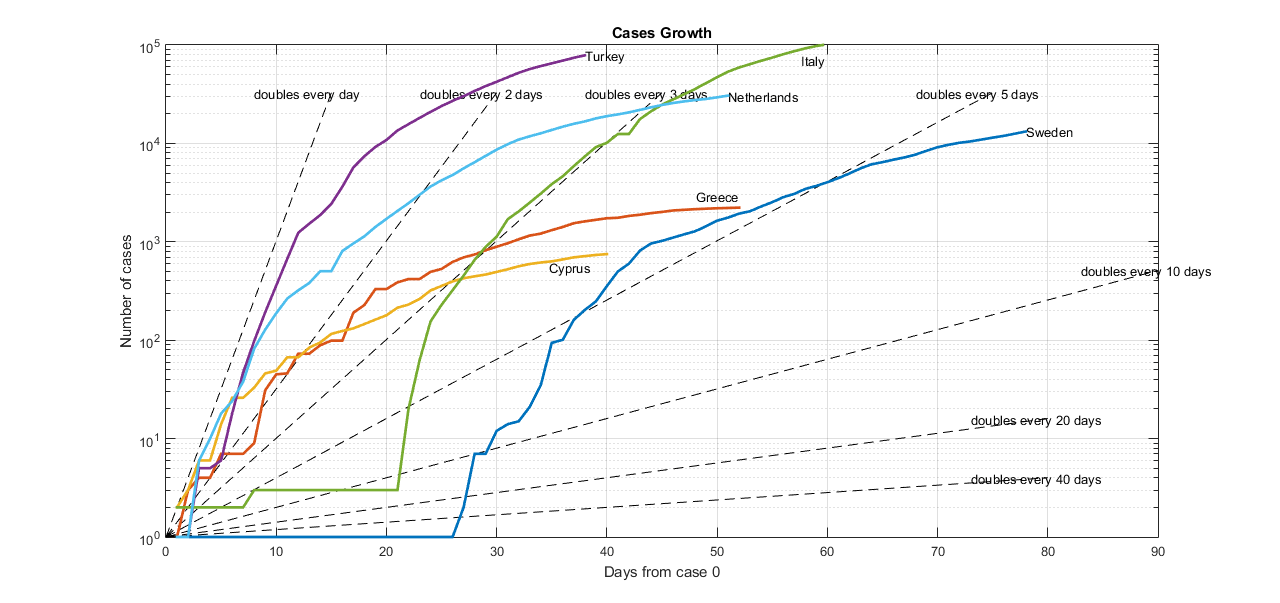
Scientific background:
The projections are based on Richard’s model [1]. Unlike the SIR model [2] that accounts for the mechanisms of transmission, Richard’s model is based on an empirical function derived from the General Logistic Growth model, which has been shown to demonstrate the natural course of biological growths including that of the infected people during an epidemic. It has been a mystery that this empirical function has made many incredible coincidences with real ecological or epidemic data, before its parameters were actually correlated to actual biological and epidemiological data.
The Richard’s model is described by the following non-linear differential equation:

The solution of the above equation gives:

Where I(t) is the cumulative number of infected people (cases), r is the per capita growth rate, K is the infection capacity (essentially the steady-state value) and tm is the time of the inflection point or the time at which the slope of the graph starts reducing. α causes deviation from the basic curve and it has been linearly correlated to the reproduction number r0.
How to interpret the curve:
As with every predictive model, the chance that we can use Richard’s model to accurately predict the course of a pandemic early-on, is low. Nevertheless, the curve can be used as an indication of the current trends with reference to a natural epidemic growth. It can show us the shape of the total covid-19 cases increase over time, and whether currently, we are heading steadily towards our projected target or whether we need to improve our response, i.e. by increasing measures.
Further, our research work which is not peer reviewed yet, shows that if we plot the history of the 4 model parameters, we can have a view of the current day-by-day trends of the projections. Convergence of all 4 parameters indicates that there is a high chance the current projection can be correct if it is used for a forecast.
Analyses are being carried out by Evagoras Xydas (IREROBOT LTD) and Prof. Konstantinos Kostas (Nazarbayev University, Kazakhstan). The post depicts the personal opinion and data interpretation of E. Xydas who is not an expert in epidemiology or any similar field.
[1] Hsieh, Ying-Hen. (2009). Richards Model: A Simple Procedure for Real-time Prediction of Outbreak Severity. Modeling and Dynamics of Infectious Diseases Series in Contemporary Applied Mathematics (CAM). 11. 10.1142/9789814261265_0009.
[2] Kermack, W. O. and McKendrick, A. G. “A Contribution to the Mathematical Theory of Epidemics.” Proc. Roy. Soc. Lond. A115, 700-721, 1927.
